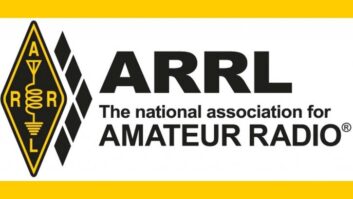NAB’s initial reaction to the FCC’s proposal to use something like Arbitron radio markets to replace the commission’s current method of ascertaining how many stations make up a market was brief and to the point. A short statement read: “NAB has told the commission that Arbitron’s market definition is not a valid regulatory definition. But the FCC apparently disagrees.”
The commission believes its current method for determining how many stations are in a market and how many are owned by one entity to see if they fall within ownership limits is inaccurate.
Under the current system, the total number of stations in a market is determined by counting all stations whose principal signal contours overlap AT ALL with the contours of ANY station whose contours define the market. But when determining how many stations one licensee owns in a market, the FCC counts only those stations whose contours overlap the area that the contours of all of the stations that define the market have in common.
This produces results that are at odds with market reality, said commissioners. They cited a case in Witchita, Kan. where the FCC’s counting method produced a market with 52 commercial stations, which would allow a single owner to own up to 8 stations, whereas Arbitron defines that market as having only 24 commercial stations. In that case, one entity could own up to 6 stations.
The FCC is asking for comment on alternate counting methods, including what to do about non-Arbitron rated areas.
FCC’s Radio Market Proposal Sparks Dissent
FCC's Radio Market Proposal Sparks Dissent







